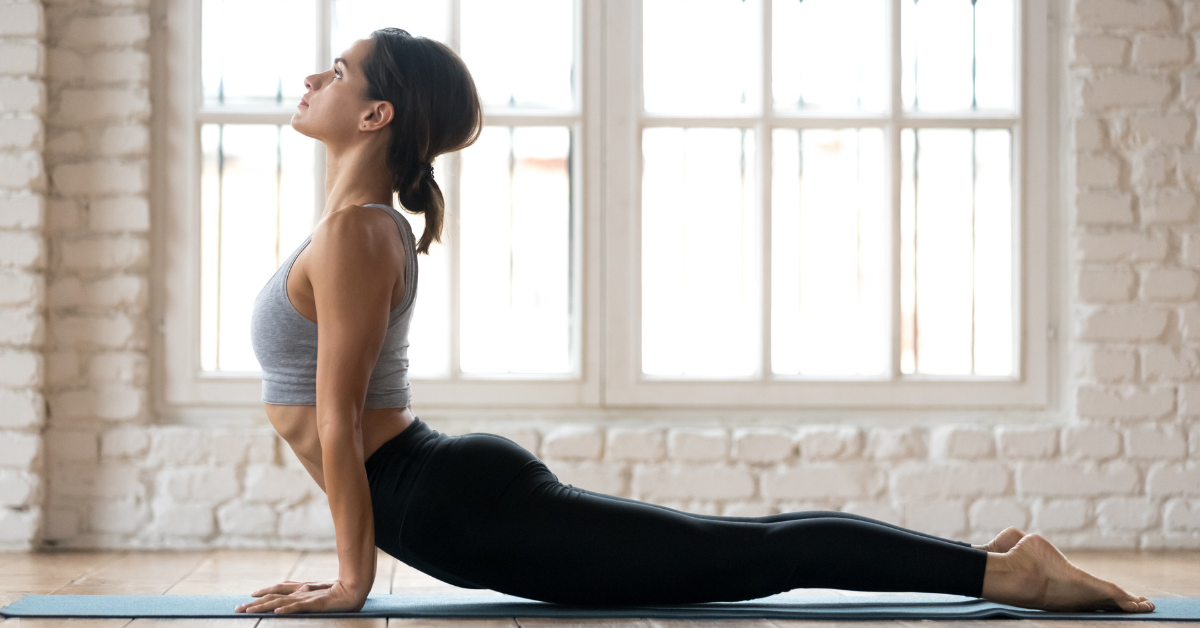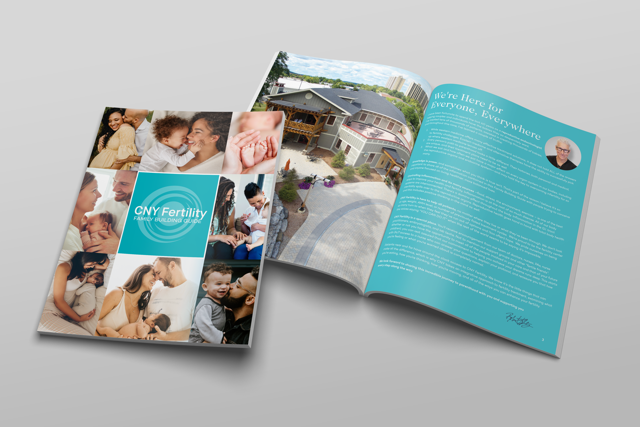Exercise For Fertility

Exercise has many potential benefits for health, one being its ability to naturally support your fertility.
Exercise may help support fertility so by improving blood flow, immunity, and the ability to manage stress. But, not all exercise is created equal – and that is especially the case when we are dealing with reproductive health.
In this article, we will discuss how exercise may impact fertility, the best types of exercise for fertility, the benefits of exercise, and even types of exercise to avoid when trying to conceive.
How Exercise May Impact Fertility
It’s fairly well documented that exercise may improve or otherwise impact fertility and reproductive outcomes. While the exact mechanism is likely very complex and not fully understood, research generally shows that exercise makes its impacts on fertility through the following ways:
- Improved blood flow and circulation (aka improved nutrient delivery to reproductive organs)
- Improved ability to manage stress/reduces stress
- Improved immune health
- Improved mindset/self-image
Below, we will dive a little deeper into each potential mechanism.
Increased Bloodflow/ Circulation
Yoga and other low-intensity movements can help increase blood circulation, ensuring that oxygen and nutrient-rich blood flow reaches your reproductive organs.
Researchers believe that increased blood flow and circulation due to exercise may help improve menstrual cyclicity, ovulation, and fertility.
Reduced Stress
Stress and fertility are intimately related and stress can impact both male and female bodily processes in several different ways.
For women, stress can negatively affect ovulation and menstruation making it more difficult to achieve pregnancy.
One study supported the notion that stress can increase the amount of time it takes for a woman to get pregnant. In one study, women who had high levels of cortisol and alpha-amylase (two known biomarkers of stress) were 29% less likely to get pregnant each month and were twice as likely to be diagnosed with infertility (having unprotected sex for 12 months without achieving pregnancy) than women with lower levels.
For men, stress may negatively impair sperm quality, sperm production, hormone levels, and erectile dysfunction.
Fortunately, exercise can help reduce stress (and it is one of the best ways to do so). Using exercise such as yoga plays a vital part in reducing stress. Exercising helps to reduce levels of sress hormones in the body, like cortisol. Exercise also promotes the production of endorphins which are natural mood elevators.
Balanced Immunity
Moderate-intensity exercise is a great way to boost and balance your immune system. It is believed that inflammation may be behind a large number of otherwise unidentifiable fertility issues. Exercising also helps you find your inner calm, which in turn may help support and increase the number of white blood cells in the body.
Research has shown that exercise helps to regulate the immune system. During and after physical exercise, anti-inflammatory cytokines are released. The anti-inflammatory cytokines help to reduce inflammation throughout the body and to increase circulation and blood flow.
Mindset/Self Image
In addition to all the ways exercise makes you healthier on the inside, it also may alter your physical appearance. After implementing a regimented exercise routine you may see a smaller waist, muscular definition, and many other changes that we as humans view as desirable. Once you start to notice these changes, your self-image and confidence are likely to improve.
Improved confidence can lead to an increased sex drive, which can increase a couple’s chances of getting pregnant.
The Best Types of Exercise for Fertility
While the data on how intense exercise should be for the optimal impact on fertility is mixed, CNY generally recommends low to moderate intensity/impact exercise like the following when trying to conceive:
- Yoga
- Walking
- Gentle bike rides
- Swimming
- Tai Chi
- Even standing (like using a standing desk rather than sitting)
Below, we’ll go into a little more detail on a few of the above.
Fertility Yoga
Yoga is a gentle exercise that nearly all people can do in one way or another. There are many different types of yoga practices, and adaptations exist of almost all poses to make the practice as accessible as possible. Yoga is excellent because it helps our bodies achieve balance in many ways including:
- improving circulation
- reducing stress
- balancing your immune system
Many poses that are part of a “fertility yoga” practice help bring energetic blood flow to the reproductive areas.
Several studies have indicated that yoga may help couples boost their natural fertility by improving both men’s and women’s physiological and psychological states.
Walking
Walking is a great way to get moving and incorporate exercise into your daily routine because it requires nothing more than a pair of sneakers. Walking provides numerous health benefits, and similarly to yoga, it is a great way to increase blood flow throughout the body. Walking is also a great way to get outside depending on the season.
Exercising outside has been associated with reduced negative emotions and fatigue, increased energy, and increased intent of repeating the exercise.
Walking can make you feel better and less stressed because it increases feel-good hormones like dopamine, serotonin, and oxytocin, and promotes neuronal growth (your brain controls your hormones so having a healthy brain helps support a healthy endocrine system and thus a healthy reproductive system). Walking is also considered a low-risk exercise, meaning you are more likely to avoid acute and microtraumas associated with more intense exercises.
Exercises to Avoid
While trying to get pregnant, it is best to avoid high-intensity and high-impact exercises. Exercises like sprinting, jumping, cross-fit, heavy lifting, and any contact sport including basketball, soccer, and volleyball may negatively impact your fertility.
High-intensity exercise signals to our body that our environment is unsafe and that we are under immense physical stress and threat of harm. In other words, high-intensity exercise is telling your body that now is not a safe time to bring a child into the world.
Fertility specialists recommend against rigorous and high-intensity exercise to increase fertility when trying to get pregnant. Too much exercise can negatively impact both male and female fertility.
Research has shown that exhaustive exercises can cause a decrease in men’s thyroid hormones and testosterone levels. In one study, men who participated in high-intensity resistance or endurance training had lower testosterone levels than men who were sedentary or exercised with lower intensity. These men also had lower sperm quality.
For women, intense aerobic exercise for seven or more hours per week has been shown to increase the risk of ovulatory infertility. Similarly, strenuous exercise for four or more hours per week has been shown to reduce IVF success rates.
If you are a heavy exerciser, don’t be too worried. Research has shown that decreases in natural fertility likely only last as long as the hard training. In addition, studies have shown that supplementing zinc can also help to overcome these decreases and increase fertility.
In Conclusion
The data may be slightly mixed but most experts agree that light to moderate exercise is a good thing when it comes to fertility.
Consider adding 30 to 60 minutes of low-intensity movement into your daily routine if you don’t already exercise regularly and are experiencing fertility issues.





